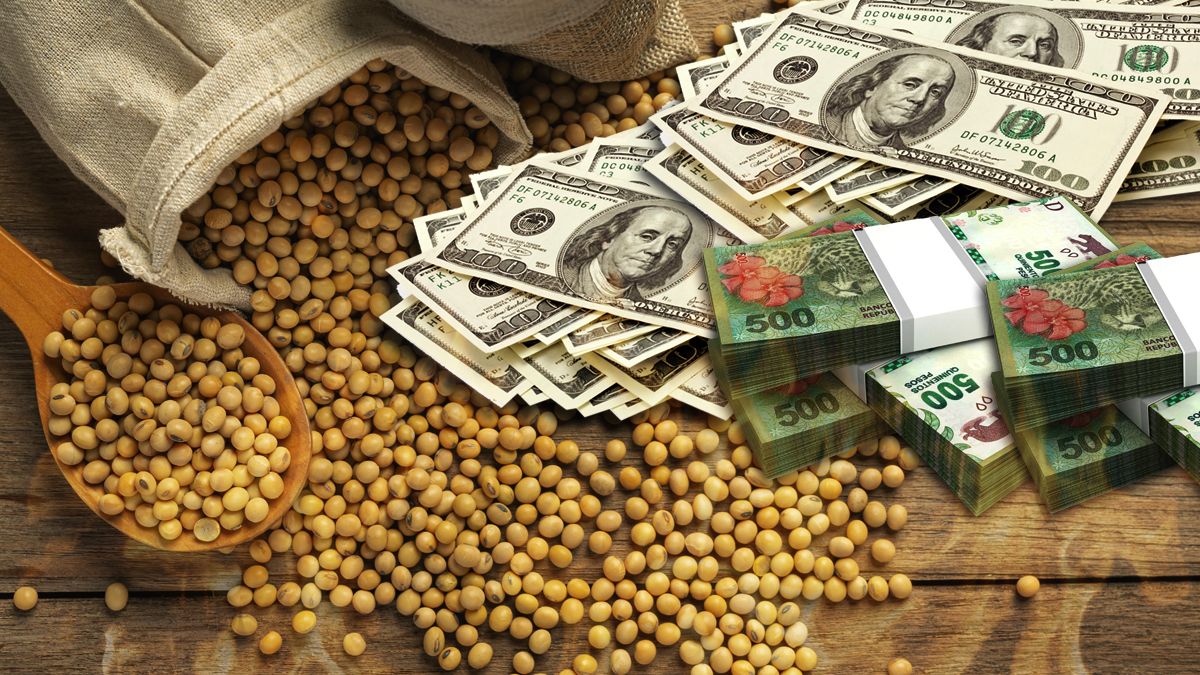The Minister of Economy, Sergio Massaannounced a battery of measures, among which were some specific ads for the field. One of them, and the one that garnered the greatest interest for the sector, is linked to a new soybean dollarin its fourth editionwhich represents an improvement for the soy producers taking into account that, after the devaluationthe settlements were reluctant.
As announced by the Treasury Palace, the novelty of the Agro-export Increase Program (PIE, as the “soybean dollar” is commonly called) is that it guarantees 25% currency availability to buy soybeans to process. All this in the context of a strong contraction in the reserves available to the central bank (BCRA).
With this substantial difference compared to previous editions, private sector analysts estimate that, being optimistic, The Government could obtain settlements for US$2,000 million until next September 30, although the official goal is $500 above that number.
Soybean dollar: the setbacks
Likewise, according to private sector calculations, about five million tons would manage to reach the historical sales rate, although with some setbacks if the producer can’t get dollarized. Analysts agree that this soybean dollar “it’s very different” to the previous ones, which ends up making it difficult to calculate the real price that could be paid.
The specialist Roman Dante, of the Austral University, considers that It would be interesting if the producer had a way to dollarize those pesos at the official exchange rate. “This can be achieved in the farmer account, but there is already a lot of money there, and many are beginning to express fear. Others could reduce debt or buy inputs. Many have already done it, and others are going to run into the problem that suppliers are still very uncertain due to the famous 7.5% country tax, so there are no prices,” he estimates.
Likewise, for Romano what happens to political level with the october elections It is also a factor to consider: “If it is possible that being able to sell at $454, and repurchase in the area of $380 for November, or $340 for May, the intermediaries who think that the producers will not fix, make the decision for them to sell and repurchase. Once again, the problem will be where to place the weights in such a complex electoral year.”
However, the main bags project numbers for the 23/24 campaign. While the Rosario Stock Exchange projects a return to 47.8 mill.tt. Since 20 this cycle, the Buenos Aires Cereal Exchange estimated that there will be 50 mill.tt.
In this aspect, David MiazzoFADA Economist on his Twitter account, indicated that this measure represents for agro-exporters a dollar at $437.50, better than the $350 on the official market.
Starting from an FAS (theoretical price of soybeans for export) of US$340, agro-exporters They will be able to settle 75% in the official dollar ($350) and 25% in the CCL dollar ($700). This gives a new “soy dollar” of $437.50an increase of 25% on the official dollar.
How does it impact the price of soybeans? “The purchasing power of exports would rise from the current $120,000 to $150,000 per ton of soybeans. Although the available market was $130,000-$135,000,” Miazzo pointed out.
Source: Ambito




